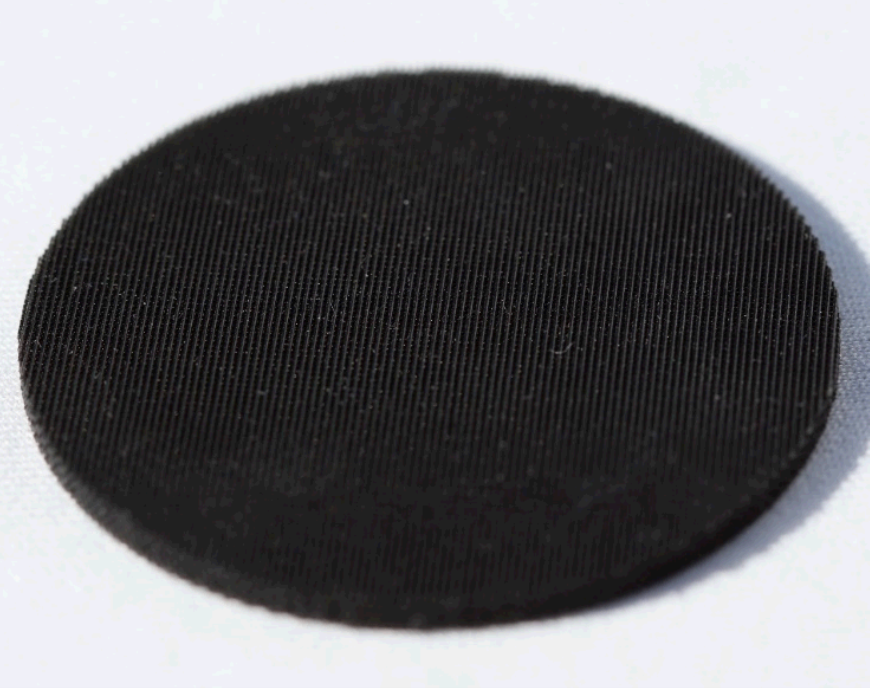In addition to control of ink architecture DIW 3D printing, allows for the production of functional inks with a variety of special additives. The addition of conductive fillers into a DIW polymer matrix facilitates the transport of electrical charges throughout the composite, resulting in an overall decrease in material resistance. Such conductive elastomeric composites are a largely expanding area of research as replacements for conventional metallic electronics that require complex processing and rigid metals that could damage sensitive structures. Materials for soft electronics, on the other hand, are produced simply through a facile mixing process, devoid of any hazardous chemicals that metal processing typically requires. Also, the compliant nature of many polymer-based materials means that flexible, soft electronics can be safely used in touch-sensitive applications such as robotics, healthcare, or structural component monitoring. One major drawback to these composites is the relatively large amount of conductive filler required to reduce resistance of the composite, typically on the order of >70 wt %, which results in the loss of rheological thixotropy for applications such as 3D printing, as well as a deterioration in mechanical properties.
LLNL researchers have developed a silicone based conductive, elastomeric 3D DIW printed structure with a lower wt.% conductive, composite filler to allow for the creation of 3D printed lattice structures with tunable conductivity. The conductivity of the printed structure can be varied using composition of the starting DIW ink formulation as well as the 3D printed spacing and density of the resulting printed structure allowing for conductivity response differences depending on directionality of current flow. Furthermore, the elastomeric material properties of the resulting printed structure allow for a conductive response function dependent on the compression or stretching of the physical dimensions of the printed part.
Image Caption: Printed lattice structure using conductive, elastomeric composite DIW ink formulation
- Lower wt. % (<70%) conductive filler allows for thixotropic properties of DIW ink formulation to be maintained.
- Tunable conductivity as a function of ink composition and printed lattice structure.
- Directional conductive responsivity dependent on lattice structure spacing and density.
- Conductivity responsiveness can be tuned via compression and stretching of the final printed structure.
- Robotics or prosthetics in biomedical applications.
- Artificial skin
- Wearable materials for physical motion tracking; could be applicable to physical therapy, sports science, or AR/VR Aka pressure sensor and motion sensors.
Current stage of technology development: TRL ☒ 0-2 ☐ 3-5 ☐ 5-9
LLNL has filed for patent protection on this invention.


